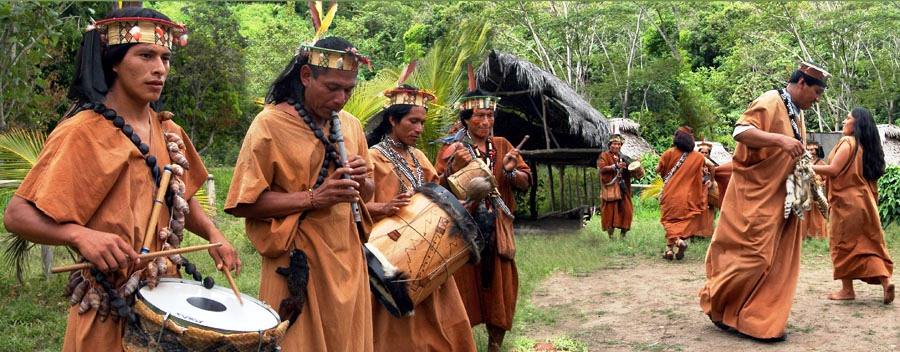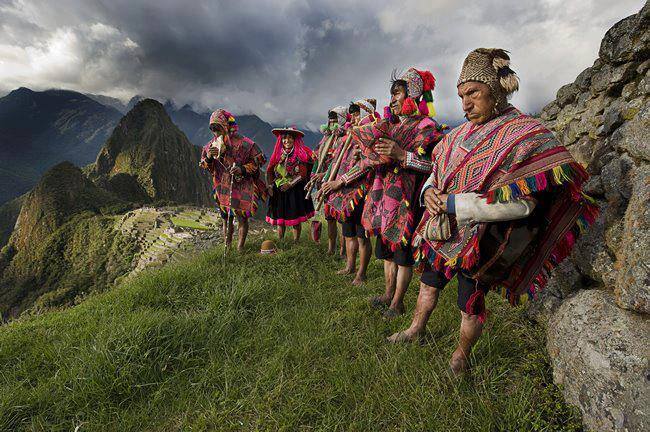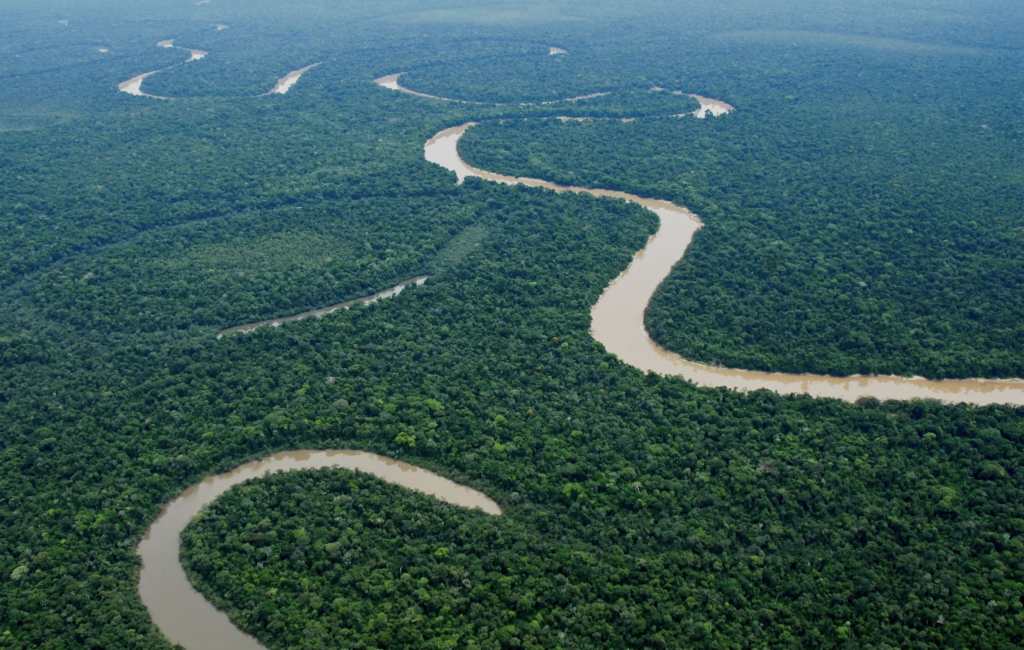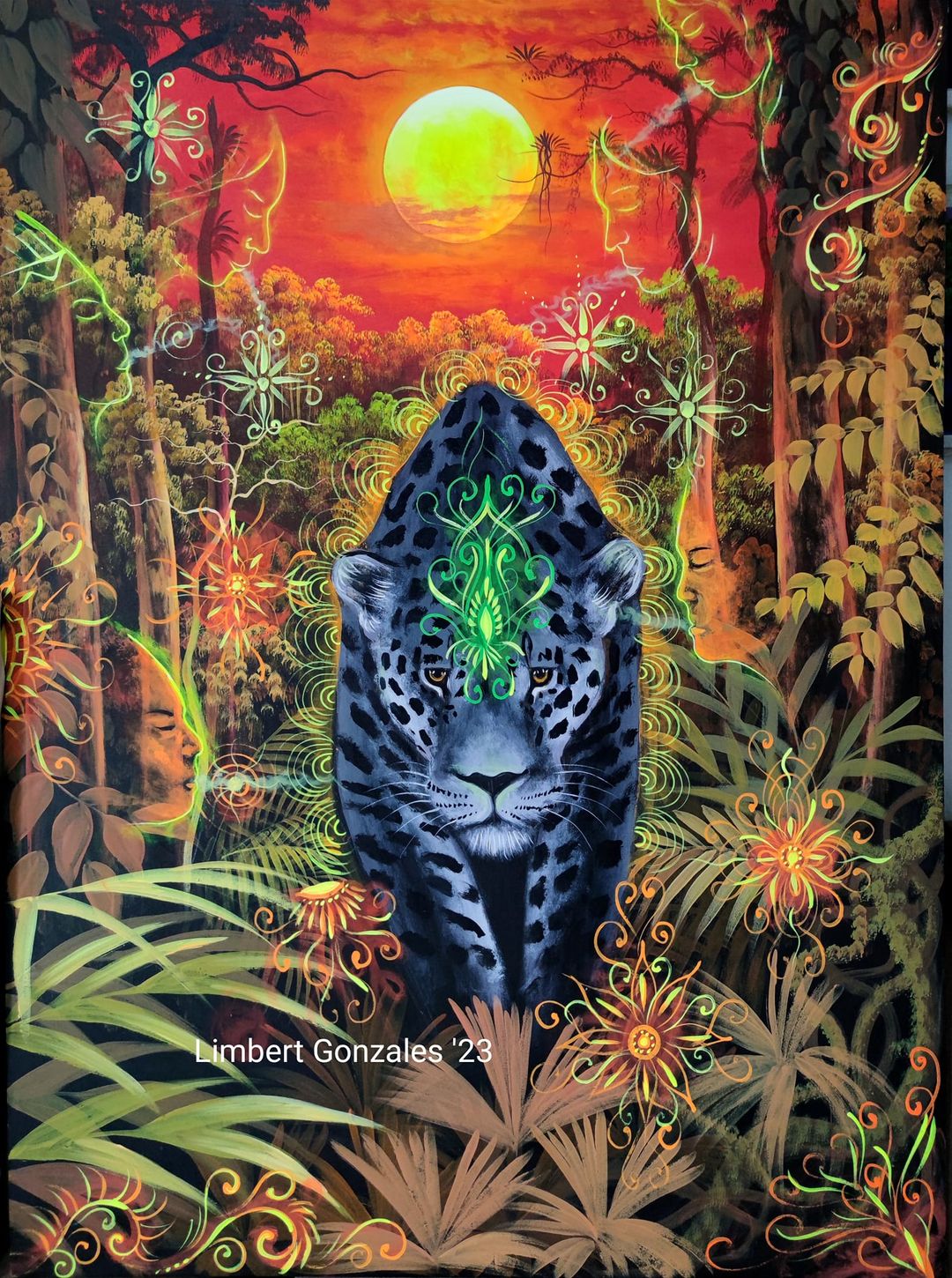Why you should go to Peru ?
Over the years of traveling in Selva, I have met only a few masters of whom I can say that they are curanderos from God. In addition, it would be dishonest not to say that not only representatives of Shipibo, as most people interested in the world of Ayahuasca have heard, can be real shamans. In the Amazon alone there are about 80 different tribes that observe their traditions, customs and have their own languages!
Real shamans are usually hereditary. There are very rarely shamans who did not grow up in this tradition and came from the outside world to the world of shamanism.

Important point – Where is the ceremony taking place?
Is it worth going to Peru for retreats and ceremonies? And why is it worth it?
Of course, Ayahuasca works outside of Peru, many people know about it.
But each of us understands that the place of her power, like the place of power of the shaman, is in his homeland. Liana is a very strong plant, the strongest on earth, wherever it is, in any corner of the world.
It is Peru, its Amazonian part, that is the birthplace of Ayahuasca, here is its roots and place of power.

Peru
Peru is the birthplace of shamans, it is the birthplace of potatoes, corn, sunflowers, tomatoes, poppies and many other plants; This is a country with ancient culture, customs and traditions.
Various peoples lived here, such as the Nazca, Paracas, Chimu, Moche, Chachapoyas, Tiahuanacu, Chimu, the Inca Empire, a country with Shipibo traditions, once flourished here.
On the territory of Peru there is the oldest city in America and, possibly, the world – this is El Coral (more than 4000 years old and discovered not so long ago), the burial of Senor de Sipan was discovered no more than 20 years ago (the richest burial of a prince at the level of the pharaoh of Egypt) or burial of La Senora de Cao – this woman is a princess and shaman who worked with the Huachuma cactus, on her body there is a tattoo of the spirits of San Pedro.
It was these ancient cultures that built temples as gratitude to the spirits of sacred plants, and all this can be seen today throughout Peru.
It is the spirit and world of shamanism that distinguishes the country of Peru from neighboring countries in South America, such as Brazil, Colombia or Ecuador, where the energy, spirit and mysticism, history and number of real shamans are much smaller and weaker than in Peru.
Now a number of shamans and priests come to other countries, including Russia and Ukraine, but, as a rule, the drink used during such ceremonies differs from the authentic drink prepared in the Peruvian Selva.



